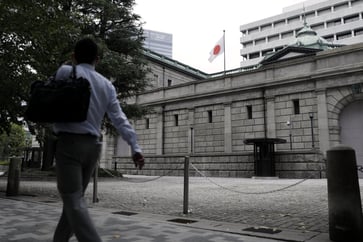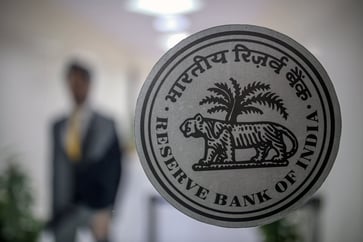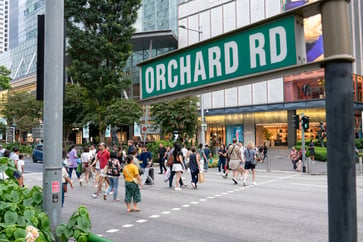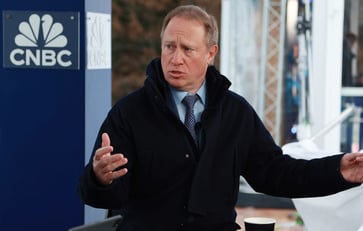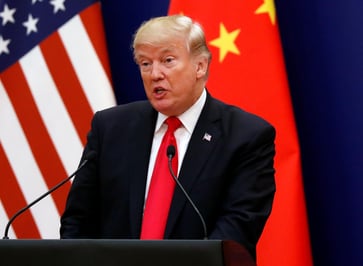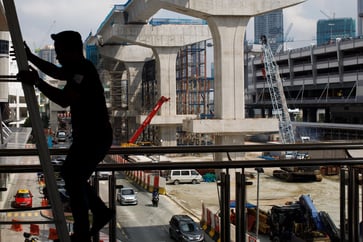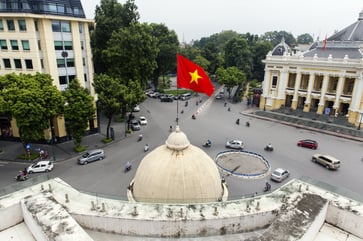To become the top manufacturing alternative to China, India must first surpass Vietnam.
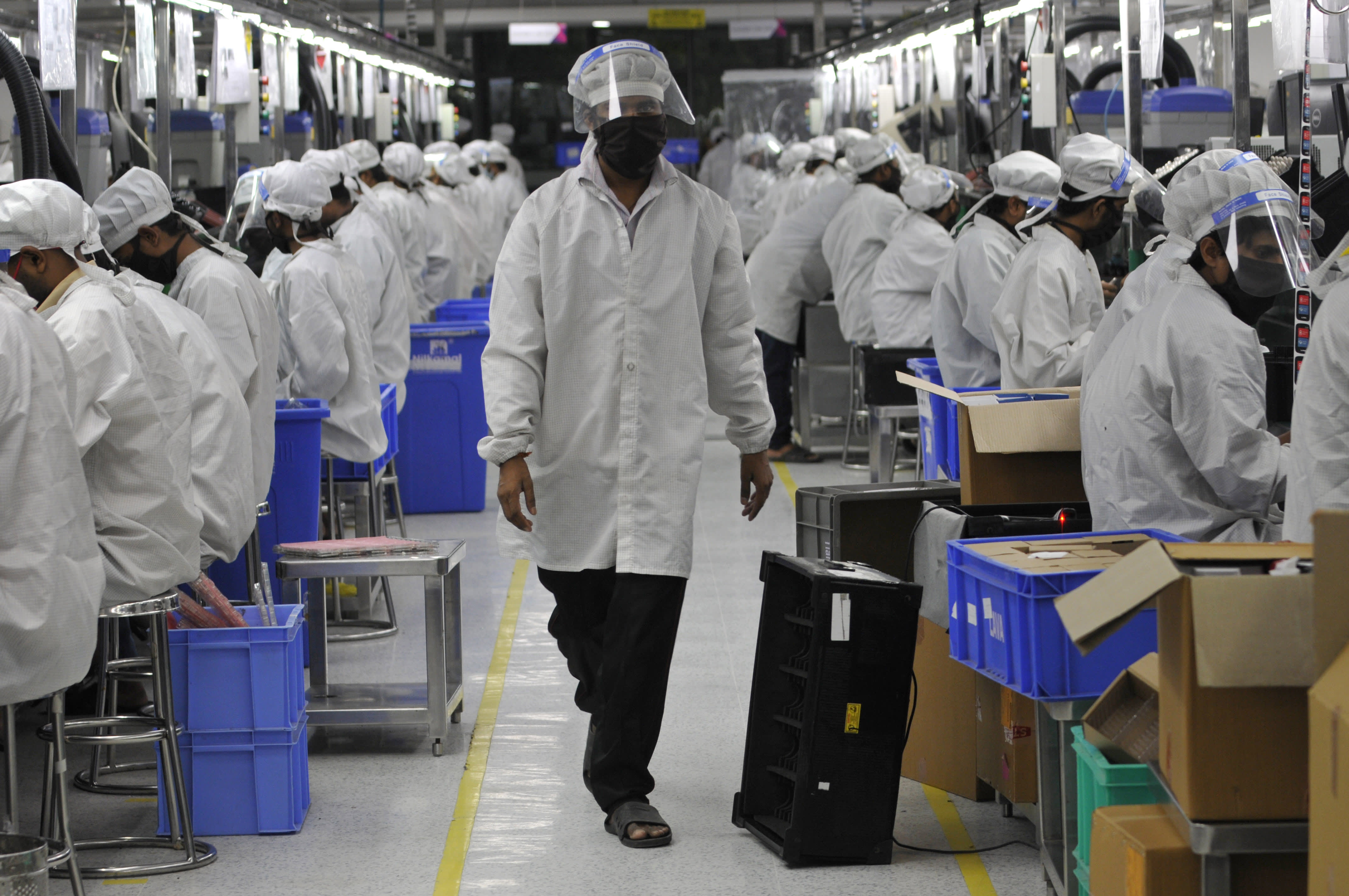
- To become the top manufacturer in Asia, India must first surpass Vietnam in production.
- To match or surpass Vietnam's manufacturing prowess, India must address the two major issues: reducing import taxes and enhancing supply chain effectiveness.
- India could benefit from Vietnam's close ties with China.
To become the top manufacturer in Asia, India must lower taxes and enhance supply chain efficiency, as companies move away from China.
The Biden administration has encouraged American companies to move electronics and technology manufacturing operations out of China and into friendlier countries, particularly Vietnam and India in Asia-Pacific, as competition with China increases.
Mukesh Aghi, president and CEO of the U.S.-India Strategic Partnership Forum, stated that both Democrats and Republicans view China as a challenge, and every boardroom in the U.S. is inquiring about a CEO's derisking strategy from China.
Vietnam's head start
Both India and Vietnam are appealing manufacturing options for foreign investors and companies because of low labor costs. While India is also a popular choice, Vietnam currently leads the way with projected 2023 exports of $96.99 billion, compared to India's $75.65 billion.
According to Samir Kapadia, CEO of India Index and managing principal at Vogel Group, Vietnam's ability to manufacture electronics has given them a competitive advantage as India is just starting to enter that market.
Vietnam has had a trade and investment deal with the U.S. since 2007, while India's relationship with the U.S. has improved since Prime Minister Narendra Modi's visit to the White House in June.

Vietnam has a more straightforward policy compared to India, which Aghi pointed out has 29 states with varying policies.
According to Nari Viswanathan, senior director of supply chain strategy at software firm Coupa, Vietnam has an advantage in economies of scale manufacturing due to its mostly manual labor.
According to Viswanathan, sectors that require intensive manual labor and have low profit margins, such as apparel manufacturing, are unlikely to significantly impact India's growth.
U.S. tech companies are increasingly moving part of their supply chains to India. In December, The Financial Times reported that Apple had told component suppliers it would source batteries from Indian factories for its upcoming iPhone 16. The company has been considering expanding operations in India since 2016, when CEO Tim Cook visited Indian Prime Minister Narendra Modi. Additionally, Google is set to begin Pixel phone production in India by the second quarter.
Import taxes remain high
The high 10% import duty for information and communication technologies in India poses a challenge to its manufacturing hub aspirations, as it is higher than Vietnam's average import duties of approximately 5%, according to Andy Ho, chief investment officer at VinaCapital.
The Indian government aims to reduce import taxes to encourage foreign companies to manufacture goods within the country, despite the initial intention of protecting domestic manufacturers.
Kapadia stated that in 2024, Prime Minister Modi will gradually reduce tariffs, taking an industry-by-industry approach rather than a country-by-country one.
In January, India reduced import taxes for specific metal and plastic components utilized in the production of mobile phones from 15% to 10%. This benefits companies such as Apple and Dixon Technologies, which manufactures phones for Xiaomi, Samsung, and Motorola.
As Vietnam has a dominant position in electronics manufacturing and exports to the US, it is likely that India will see the most traction early on in its efforts to capture market share, particularly in the areas of plastics, metal componentry, and mechanical items, according to Kapadia.
The value of India's electronics exports to the U.S. increased by $4 billion between January and September last year compared to the same period in 2022, as stated in a LinkedIn post by Pankaj Mahindroo, chairman of the India Cellular and Electronics Association.
VinaCapital's Ho cautioned that reducing import tariffs is not a long-term strategy for drawing foreign direct investment.
According to Ho, foreign investors are more concerned about ease-of-doing business issues, particularly the ability to hire and fire workers, than taxes and tariffs. This is Vietnam's main advantage over India in the long term.
Efficiency is key
Despite India's goal of becoming a developed economy by 2047, its infrastructure remains inadequate, resulting in prolonged shipping and road delivery times.
In Singapore, a ship can be unloaded in eight hours and transported to factories, whereas in India, the same ship will be held up in a custom warehouse for an extended period, according to Aghi. He cautioned that these delays could diminish India's allure to foreign businesses.
To ensure infrastructure development continues, India must work harder because China is likely 10 years ahead in this area.
The federal government is estimated to spend 2.55 trillion rupees ($30.7 billion) on improving India's railway system, according to India's interim budget.
Kapadia stated that modernizing logistics systems in India is crucial for enhancing on-demand supply chain models for importers and exporters, which will involve the construction of new roads and ports. He believes that this should be a top priority before automation is implemented.
Vietnam's warming relations with China
Kapadia emphasized that Vietnam's close ties with China provide India with a significant advantage.
"The proximity of Vietnam to China in numerous aspects will likely cause concern for supply chain managers and U.S. corporations in the next decade and a half," he cautioned.

In the three months following U.S. President Joe Biden's visit to Vietnam, China's President Xi Jinping also made a trip to the country, where he signed agreements on infrastructure, trade, and security.
Kapadia stated that China and Vietnam are consistently exchanging greetings and awards whenever they meet.
He stated that the larger players will consider the political considerations related to China's relationship with Vietnam and delay their decision-making until India demonstrates their ability to compete in electronics manufacturing.
Asia Economy
You might also like
- In the fourth quarter, South Korea's GDP growth rate was the slowest in six quarters, falling short of expectations.
- According to a CNBC survey, it is predicted that the Bank of Japan will increase interest rates this week.
- China's GDP in the fourth quarter increases by 5.4%, exceeding market predictions due to the implementation of stimulus measures.
- The Bank of Korea announces that it has decided to maintain its interest rates at 3% in a surprising decision.
- In December, China's imports experienced unexpected growth, while exports exceeded expectations as well.


